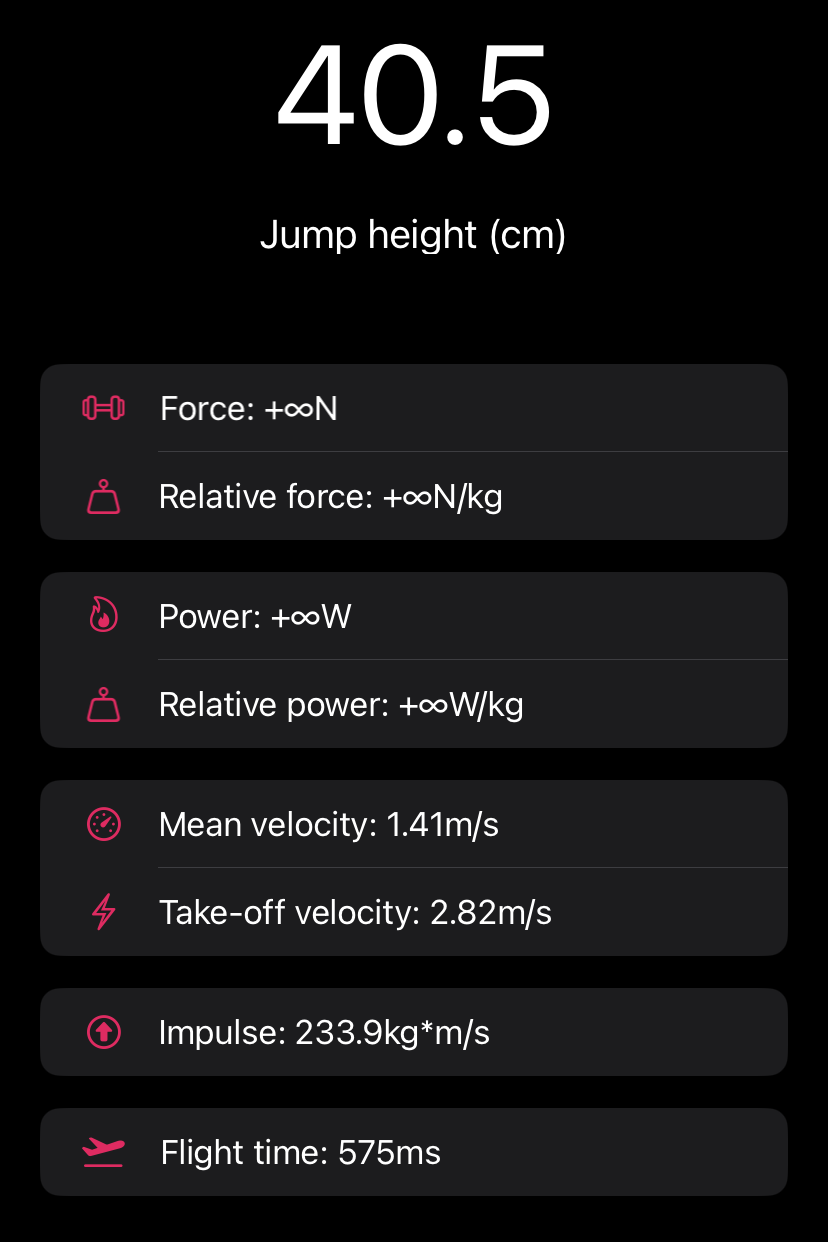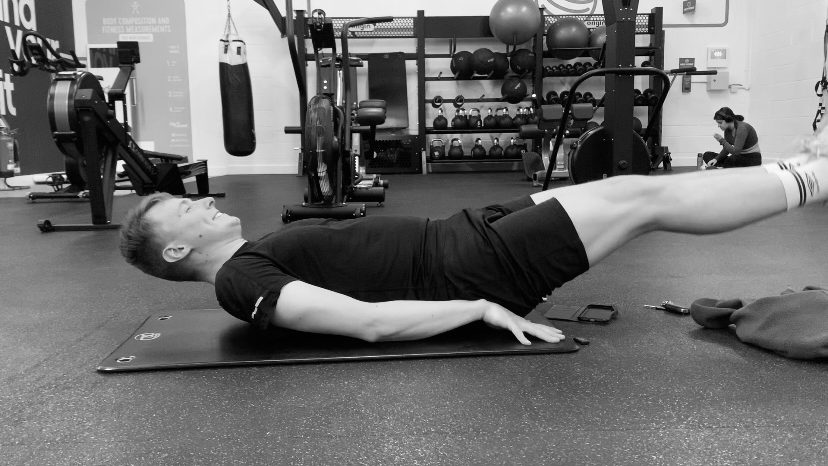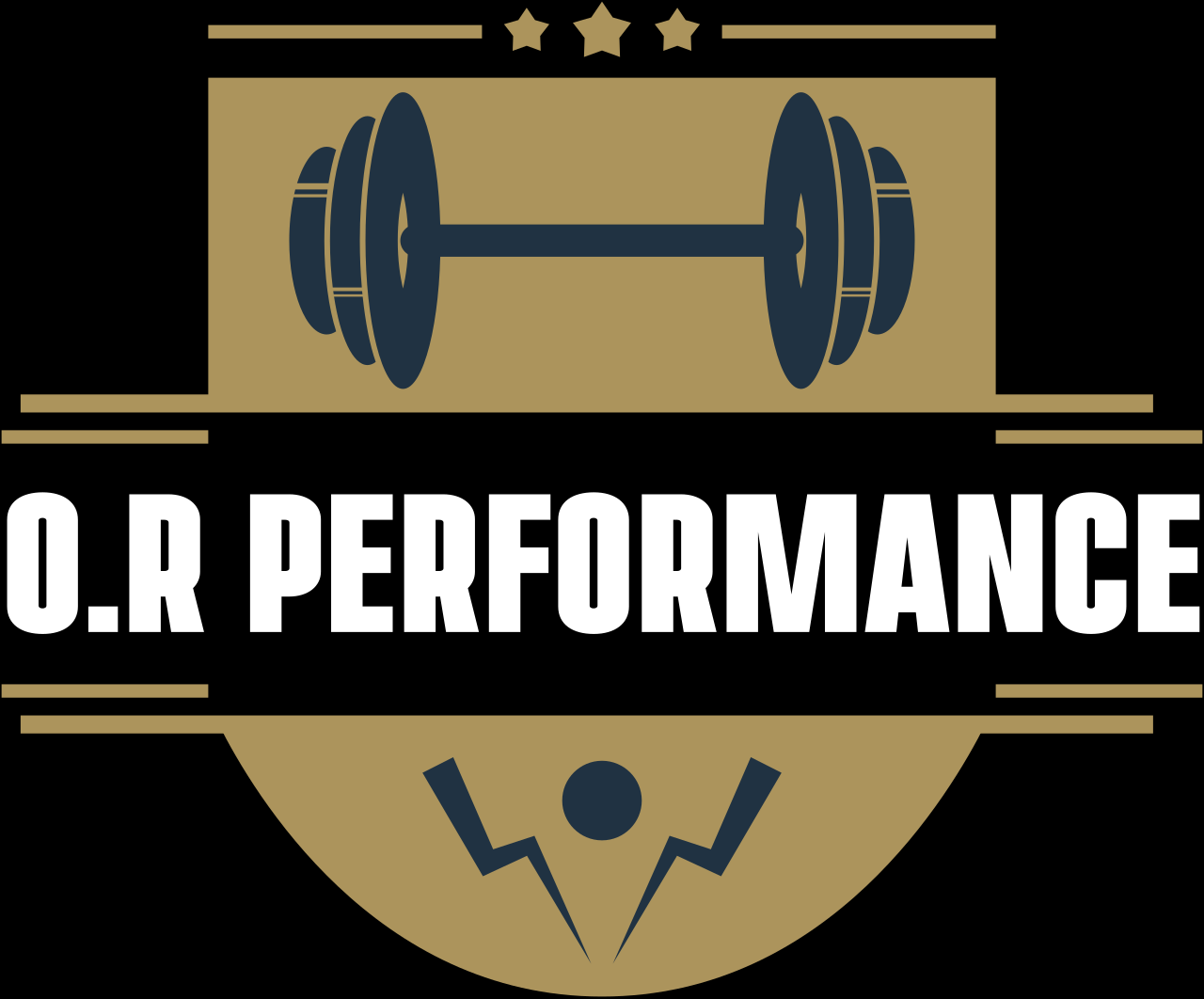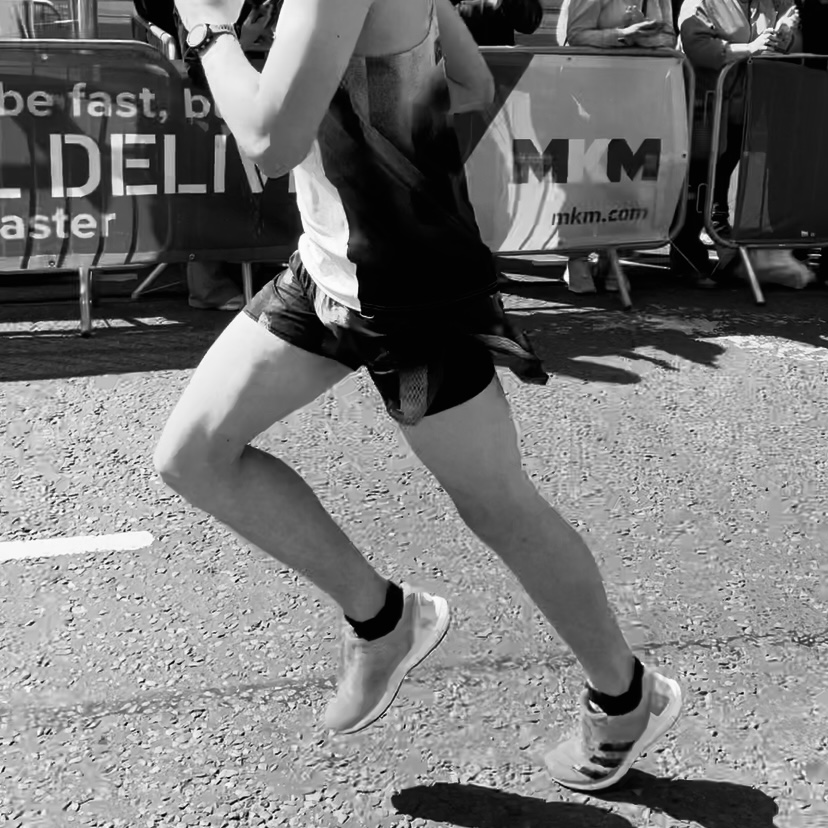Your cart is currently empty!
For a lot of runners, running is the highlight of the day. Its what you enjoy doing and everything else is secondary to it. You might have a double session consisting of a run and S&C but you only want to do the run because that’s the fun part. S&C then takes a big old back seat.
It makes sense because ultimately you’ll have a goal with your running and your S&C goal serves to help achieve that. It is harder to assess your S&C progress in an easy way as well so many people don’t bother assessing it and trust the process. Space in public gyms can also only limit you to a certain area for a certain time making it harder to go off-piste with your programme.
This can make you feel like S&C is just a routine, something you’re in and out to do. S&C doesn’t have to be that way, there are things that can make it more fun and everyone knows, if you’re enjoying your training then you’re likely to race well. So here’s 3 ways you can make your S&C training more fun.
Introduce Weekly Testing
I know I said earlier that it’s harder to assess S&C progress in an easier way – that’s still true to some extent. There are cost-friendly ways of testing your training week to week using apps such as MyJump and Spleeft that can track your jump height and other jump metrics, barbell or dumbbell speed and estimate your strength through just filming and uploading to the app. Testing using MyJump is included within our coaching services.
I am not sponsored by either of these apps but I want to walk you through how testing can be so easily done on MyJump with a countermovement jump as an example:
- Set your phone camera upright on the floor (on a tripod or even propped against your water bottle) and far enough away to catch how high you get off the ground.
- Press record and complete your countermovement jump
- Stop recording on your phone and tap ‘takeoff’ on the frame in the video where your feet first leave the ground. Then press ‘contact’ when your feet first touch ground again.
- The app will tell you straight away how high you jumped.
Like I’ve said, the app can also measure your barbell or dumbbell speed so if you’re adding weight to your exercises each week then your goal can be to maintain the same speed. It can also estimate your 1 rep max (the maximum amount of weight you can lift on an exercise for 1 rep). If you are seeing your weights move up and your speeds staying the same or even going up as well – that’s a sure fire way to know you’re progressing towards your goals. And that’s definitely fun!

Set a Challenge in the Session
Your S&C is challenging enough sometimes but adding in a tough battle you have to overcome at the end of the session as a ‘buyout’ can potentially provide a bit of fun to spice up your session.
This doesn’t have to be anything complicated. Planks or weighted planks for as long as possible. As many pull ups or press ups you can do without breaking form. These are things that are very easy to challenge yourself with but aren’t going to hurt your running if they make you especially sore because they don’t involve the legs all that much. Here is a list of challenges I’ve set some of my athletes to ‘buyout’ of the session:
- Dish hold as long as possible
- Planks/loaded planks as long as possible
- Press ups to failure
- Pull ups to failure
- Side plank to failure
- Dead hang as long as possible

You can even rotate through these week to week and when you come to revisit, aim to improve on the last time you did it.
Play A Game
This one can be fairly subjective as to what fun might be to you but there might be a few ways you can have some harmless fun with your S&C. Here are a few suggestions but feel free to write a comment with your own on this post.
Make a Bet
Between yourself and a friend, make a bet on how long your session will take. If you’re someone who just wants the session over with this can be a great one to regulate your time.
Obviously you’re in control of how long it takes you so add a little bit of jeopardy if your friend is closer to the actual time it takes you to finish. Agree to buy them a coffee or a cake if they guess closer. This way you’ll get the session done as close to your time as possible and it distracts you a little from the hard work.
You could also do this for guessing how long it takes you to complete sets of a specific exercise – maybe one you don’t enjoy so much so you’re focused on hitting your goal time rather than the pain.
Collect your data to progress
Assuming you have a method of tracking your weights, calories or repetitions for example you can use this data to ‘level yourself up’.
Set some milestones of total weight lifted for all exercises together. If you have 3 exercises all for 3 sets of 6 repetitions and you lifted 20kg for all of them – you will have lifted 20x6x3x3 kilograms for your session. This equals 1080kg.
Assuming you were doing 1 session a week for 12 weeks you could set a goal of 10000kg and you’re allowed to buy that new pair of racing shoes you wanted. This gives you a bit of leeway if you miss a session and allows for a bit of progressive overload too. This one may help you stick to your training over time and reward yourself for doing so!


Leave a Reply